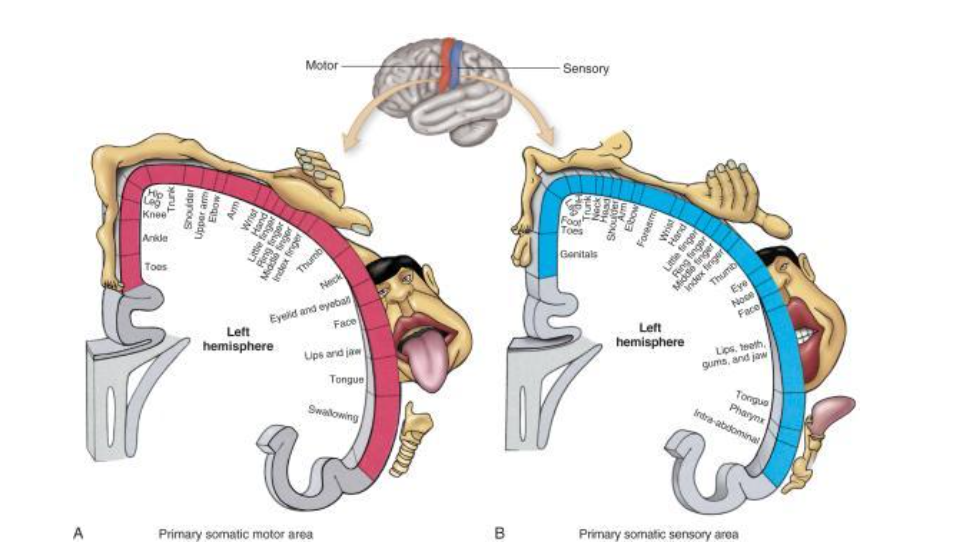The debate about whether or not to perform cardio before or after strength training in order to shed fat may seem a lot like asking, “which came first, the chicken or the egg?” There are those who swear by doing cardio work prior to lifting weights, and others that think it needs to be done once the weights are set down. Fortunately, unlike the conundrum of solving the order our feathered friends arrived, there is an answer. Before.
That does not mean that I am weighing in on the “before” side of bro-science. I am not, and will never be, on the side of bro-science, which is one of the worst things to happen inside gyms other than men wearing stretch pants.
I am, however, on the side of real science. Real science says that cardio before strength training is more likely to melt fat than doing it after.
One reason why cardio after weights became viewed as the way to go when it comes to losing weight centers around glycogen.
Glycogen is the storage form of energy in the body. Once glycogen stores are depleted, the idea has been spread that fat gets targeted for fueling exercise. This led to thinking that depleting glycogen stores during strength training will mean that pure fat is melted during cardio afterward.
The problem with this theory is two-fold. First, complete depletion of glycogen stores during resistance training is not likely to happen. There is a lot of time in the gym spent resting, which is counterintuitive to burning away all the glycogen.
An up-tempo strength training program can accomplish depleting energy stores, but that leads to a second problem in the theory that cardio should be done after weights in order to target fat.
Remember the part about glycogen being the source of energy? Energy is required to have an effective workout. If a hard hitting and fast moving about in the weight room has left an exerciser without any energy stores, how are they going to accomplish anything of worth on the treadmill?
The answer is clear. It isn’t going to happen.
Performing cardio prior to grabbing the weights, on the other hand, will allow a gym patron to give that portion of their exercise all the gusto and enthusiasm it will need to be effective. Effective exercise rather than exhausted exercise is the key to reaching weight loss goals.
It is the intensity of exercise that determines the metabolic benefit. High-intensity exercise, even for a short amount of time is going to boost the metabolism to burn calories at a higher rate than the kind of exercise that can be performed when the system is drained.
In fact, performing cardio in a high-intensity interval training (HIIT) format is the most efficient method of supercharging the metabolism and having the resting metabolic rate boosted for many hours post exercise.
Increasing the metabolic rate is the correct path to take for shedding fat mass. Focusing solely on depleting glycogen stores is the wrong one.
High intensity simply cannot be achieved after an exerciser has already worn themselves out.
If the argument is made that there is still energy to perform HIIT cardio after strength training, that is the wrong answer.
Weight training by itself is a great method of increasing the metabolic rate and melting fat. To make weight training the most efficient at decreasing fat mass, however, the tempo needs to be moving at a pace fast enough to make it mimic a cardio workout.
Therefore, if weight loss is the goal, an exerciser should not reach the end of their resistance training with enough energy to perform HIIT cardio.
Thus, with all things considered, the question about cardio is not as convoluted as the debate about the chicken or the egg. There is a clear answer. When burning fat is the goal, cardio exercise, particularly HIIT, should be performed prior to uptempo weight training.













